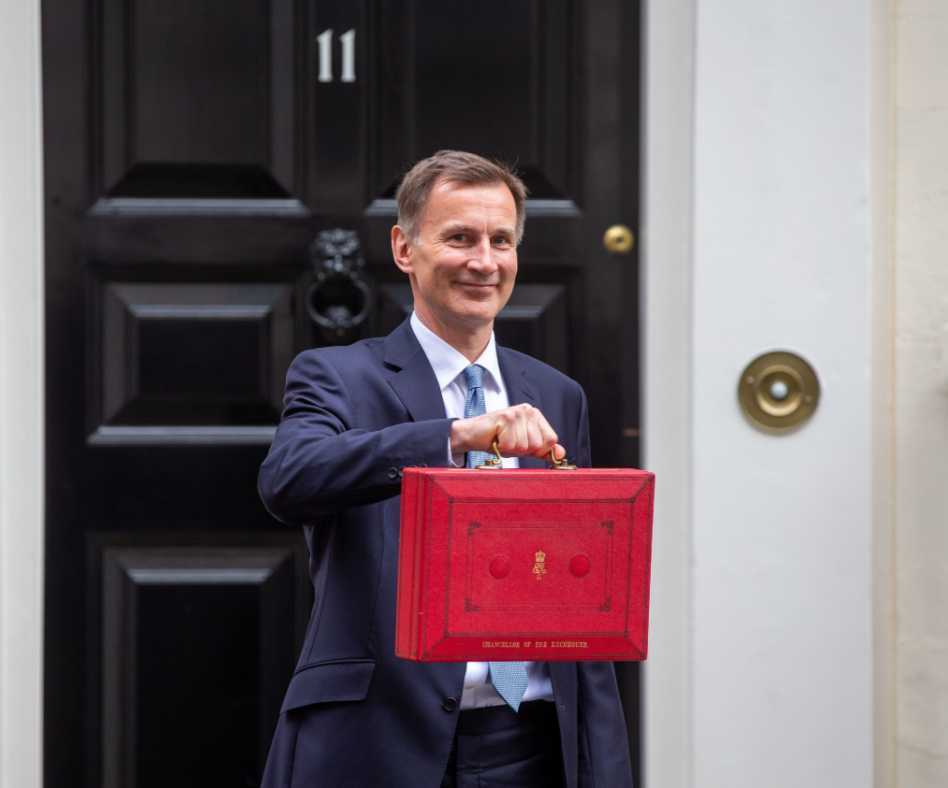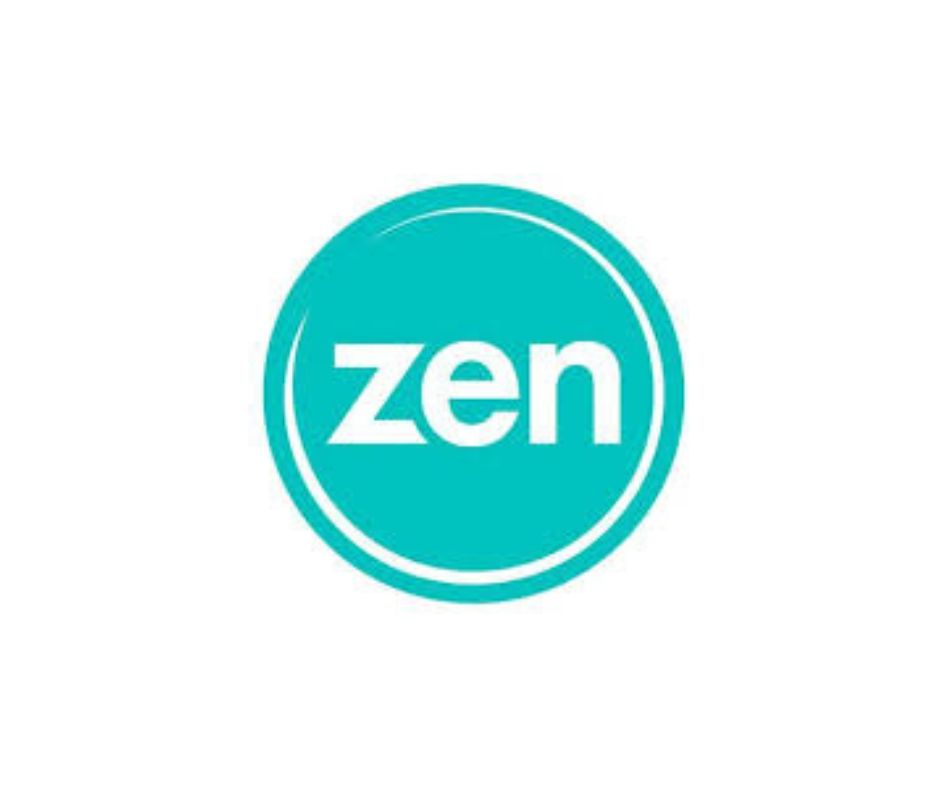A good education can be invaluable, but also requires significant investment and long-term planning. Last year the average cost for parents getting a child from birth to the age of 21 came in at £231,843, according to a recent study compiled by the Centre for Economics and Business Research in London. Although the total includes £74,430 for education, this covers no more than associated costs, such as travelling to school, textbooks, uniforms and school lunches. Once parents start considering private school fees, the financial equation changes rapidly. Sending a child to a private day school now costs on average £141,863 according to the Centre for Economics and Business Research, almost two thirds of the cost of the average UK home. The total for boarding school is £260,927 even more than the average house. Inevitably these headline figures mask significant regional differences.
Moreover, private school costs have been rising at a rapid rate far outpacing wage growth and inflation. Private school education now costs more than double what it cost in the year 2000. Whilst a portion of boarding school fees can represent cost transfers (such as food and sports clubs) or even in cost savings (school runs and childcare), a quick comparison with the average cost of bringing up a child shows how much extra it costs parents who choose to educate their children in this way.
Generally, parents looking to fund school fees fall into three categories – those who want to invest a lump sum, those who are able to pay out of income and lastly, parents willing to set up a regular saving scheme to provide funds to cover future fees. For this last group, there are several options available to help make school fees more affordable, which can be both tax efficient and flexible.
One such option is using your annual ISA allowance, which permits tax-efficient contributions of up to £20,000, but with a myriad of options available seeking the right investment strategy is not easy. Other investments, such as Venture Capital Trusts, give the potential for both tax-relief at source and tax-free returns at the end of a 5-year term. However, the risk quotient using this method is significantly higher.
Doing your homework and seeking out trusted, expert advice is, as always, the key to long-term success. At Foresight we have the expertise and experience to be able to guide you to the best way of investing for your children.


















































